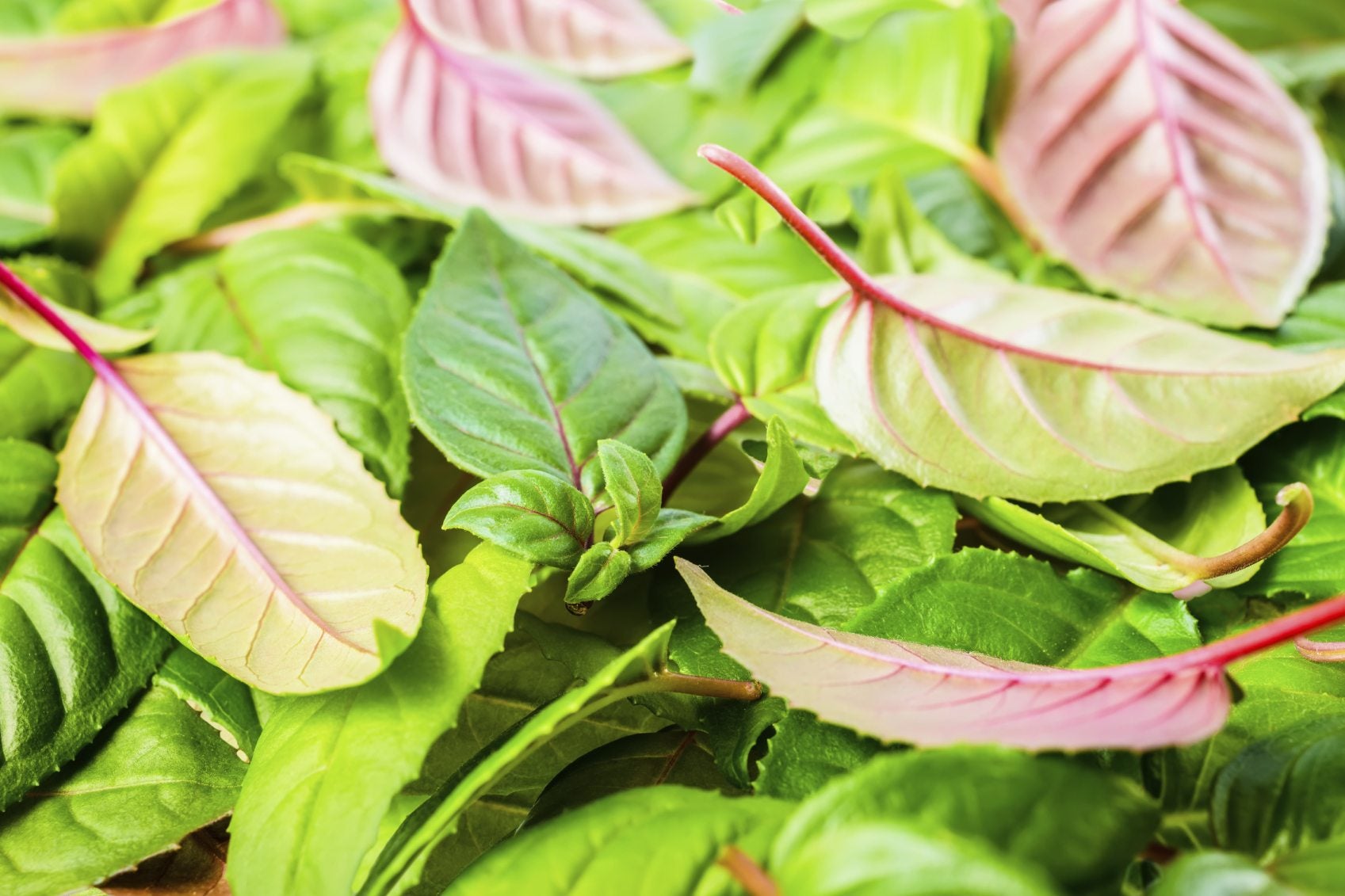Fuchsia Leaf Problems: What Causes Dropping Leaves On Fuchsias


Fuchsia flowers always remind me of ballerinas suspended in the air with twirling skirts that dance gracefully at the ends of plant stems. These beautiful flowers are the reason fuchsia is such a popular container and hanging basket plant. Dropping leaves on fuchsias can deplete the plant of the energy necessary for the production of blooms and minimize the attractiveness of the plant. If you find your fuchsia plant not holding leaves, it could be due to cultivation, pests, disease, or simply the variety. In most cases, fuchsia leaf drop can be cured or mitigated, and the plant returned to its full splendor.
My Fuchsia is Dropping Leaves
A common complaint we often hear is, "my fuchsia is dropping leaves." Once you identify the variety and growing conditions, it becomes easier to identify the cause of the foliar dysfunction. Seasonal leaf drop is common in the less hardy species of fuchsia. Plants in colder climes respond by going dormant just like deciduous trees. Other factors can also come into play if your variety is hardy. We'll investigate some of the most common causes of fuchsia leaf drop and some easy fixes where applicable.
Varieties of Fuchsia
There are hardy, half-hardy, and standard forms of fuchsia plants. Fuchsias are perennial plants, but, in colder climates, they are frost tender, and the less hardy varieties will respond like annual plants and die back. With a little protection, they may be saved and regrow in spring. In cooler regions, a fuchsia plant not holding leaves in early fall is a normal occurrence. Even the hardy varieties will develop yellowing foliage and drop from the plant. The more tender species will not survive the winter unless brought indoors but, even then, they will likely drop foliage in preparation for a dormant period. In fact, if your fuchsia has not dropped its leaves by late fall, you should remove them to prevent fungal disease. Fuchsias need about 12 weeks of dormancy even when brought indoors to promote blooms in summer.
Fuchsia Leaf Problems
Fuchsias require consistent moisture but also well-drained soil. A plant in a boggy area will respond with yellowing leaves that will tend to fall off. These plants also perform best in light shade or dappled areas of the garden. Plants in full sun scorch and those in deep shade will become stressed. Stressed plants respond by dropping their leaves and becoming less vigorous. Other fuchsia leaf problems contributing to leaf drop may be insects and disease or excess salt in the soil, especially in container plants. This is the result of overfertilizing. A good soil drench may be the answer to removing excess salt or you can repot the plant with a good quality soil. You should fertilize once per month during the growing season but follow with plenty of water in potted fuchsia. Additionally, a lack of magnesium can cause yellowing and defoliation. To correct this, use 1 tablespoon (15 ml.) of magnesium sulfate to 1 gallon (4 L.) of water once per month.
What Else Causes Dropping Leaves on Fuchsias?
If a plant is correctly sited and receives excellent care and moisture, it may still be cranky and drop its leaves. This could be the result of the ever-present aphid or even spider mites, thrips, or whitefly. Sucking insects do particular damage to the foliage of plants because they are pulling out the life-giving sap that helps fuel leaf, bud, and stem production and health. Rinse off any pests and apply horticultural soap sprays or Neem oil to combat the insects. Diseases that might cause foliar distress are generally fungal. Rusty spots on leaves, mold, and yellowing foliage with dying stems may indicate some sort of fungal issue. Monitor moisture levels carefully and never water overhead, only at the base of the plant. If a container is in a saucer, remove it to allow excess water to drain away. In extreme cases, repot container fuchsias with a better soil and make sure the pot drains freely. Increasing air circulation with a fan or by separating plants will also help reduce any fungal diseases and leaf drop.
Sign up for the Gardening Know How newsletter today and receive a free copy of our e-book "How to Grow Delicious Tomatoes".

Bonnie Grant is a professional landscaper with a Certification in Urban Gardening. She has been gardening and writing for 15 years. A former professional chef, she has a passion for edible landscaping.